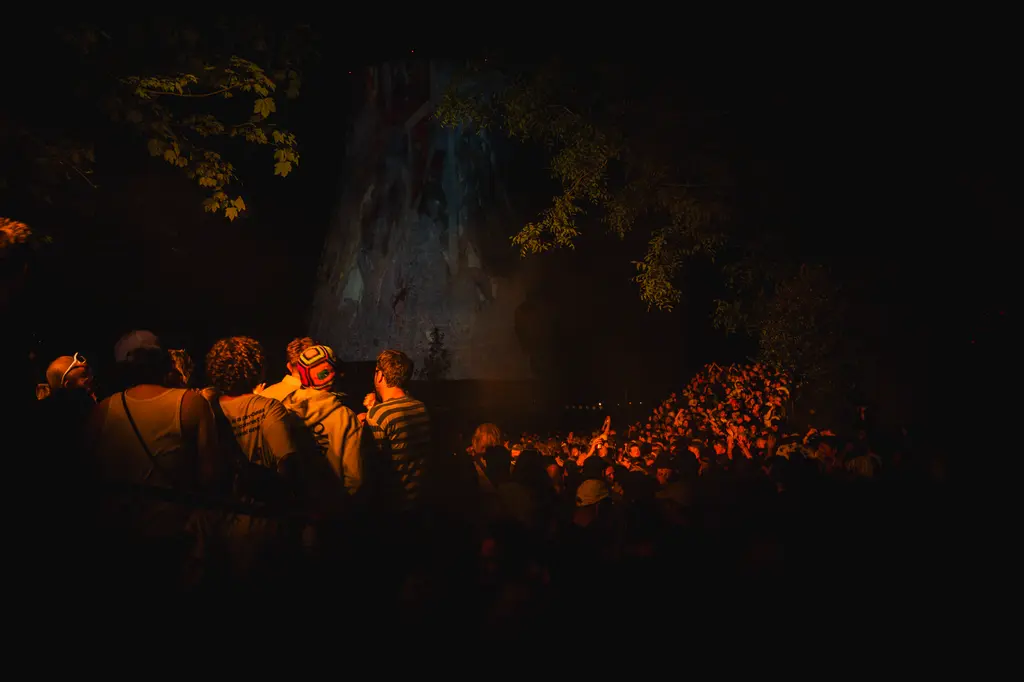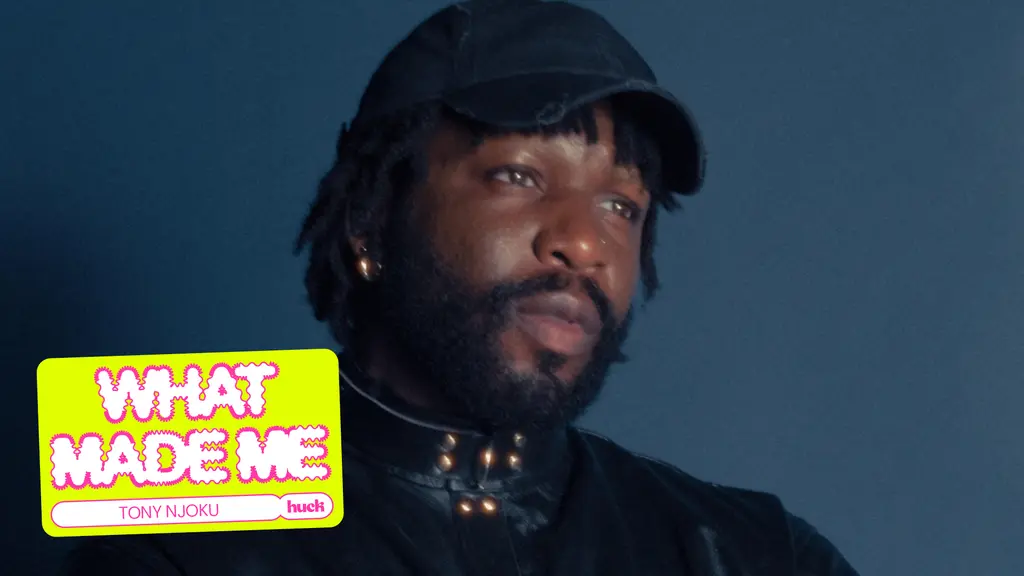Jasmin Sehra: ‘Art has always been a part of my life’
- Text by Grace Shutti

Jasmin Sehra is visual artist who captured the attention of artists like Nadia Rose, Lady Leshurr and M.I.A. after she immortalised them in Bollyhood – an art series that combined her musical influences with Bollywood film posters and “cassette tape aesthetics.” Its first outing was a part of Sophia Tassew’s 140 BPM exhibition.
What pushed you towards making art?
My parents always encouraged the arts with me and my siblings– it’s in my blood. My uncles are musicians, my dad is classically trained in Indian classical music, my brother is a music producer, but I’m the one that took the musicality and made it my own through visuals. Art has always been a part of my life, and it’s always been an organic path for me to take.
What pushed you to pursue it as a career?
In university, following a creative path is not the usual thing for an Indian person to do. For me, it felt really normal but you’re one of the very few people of colour. I felt that I was growing distant from my culture and my heritage and there was something missing.
During that time, I went through my parent’s old photos and that was the groundbreaker for me – I saw my parents in Mexico wearing fusion clothing. My mum is there wearing her graphics 90s t-shirts, with her red wedding bangles and I thought, ‘this is dope.’ That made me think, if my mum’s celebrating two cultures that she’s grown up with, that’s something I should do. It made me want to know more about my parents, more about where I’m from and my culture. That’s identity – we have to embrace our culture and roots. That’s what sparked the Bollyhood series.

The Bollyhood series, courtesy Jasmin Sehra
What was the response to your pieces at Sophia Tassew’s 140 BPM exhibition?
It was amazing, quite surreal. It always is. Nowadays, because things are so behind the screen, you don’t really talk to people who connect with your work. To be able to do that and connect with people face to face is awesome.
How has grime affected you as a person, or the stuff that you make?
Grime is definitely not the only influence that I have – but it has taught me to stay true to who I am.

What it is that drives you to keep going?
I just love art so much. Because I’ve grown up with it, it’s a natural thing to do – it’s a part of my everyday life. But what drives me is not only my passion, but the reaction that people give and the support that I receive. It’s all positive stuff and that’s what keeps me going.
What other projects are you working on?
My main project at the moment is my brand, Paradise Girl, which is all about sisterhood and unity. The logo is a Hibiscus plant and a palm tree – they both symbolise beauty, victory and growth. I think it was born from a lot of hardships that I was facing. I went through depression and anxiety, and journaling helped me put those pieces together. Paradise Girl is just that — a celebration of overcoming hardships and creating connections with other people. Especially women, because it’s a female clothing brand. It’s all about portraying positive images through whatever I do.
My Element: Built By Grime is an original Huck Film directed by Irene Baque and produced by Grace Shutti.
Interview has been edited for length and clarity.
Enjoyed this article? Like Huck on Facebook or follow us on Twitter.
You might like

Nina Utashiro builds disquieting, macabre sonic worlds
Huck x Eastern Margins — We caught up with the Japanese-German rap experimentalist ahead of her performance at Huck’s SXSW London joint event with Eastern Margins.
Written by: Isaac Muk

Huck teams up with Eastern Margins for a special SXSW London showcase
From Shibuya to Shoreditch — Taking place at Village Underground on Monday, performances will come from MONO, Nina Utashiro, Ena Mori, Jianbo, LVRA & Soda Plains.
Written by: Isaac Muk

Analogue Appreciation: Shura
I Got Too Sad For My Friends — In an ever more digital, online world, we ask our favourite artists about their most cherished pieces of physical culture. Today, it’s English singer-songwriter Shura.
Written by: Shura

After Assad’s fall, Syria’s musicians rebuild from the rubble
Spaces Between the Beats — Following decades of dictatorship and 14 years of civil war, the country’s classical and creative scenes have an opportunity to build from scratch. Andrei Popviciu speaks to the people hoping for a flourishing new era of art and sound.
Written by: Andrei Popoviciu

At Belgium’s Horst, electronic music, skate and community collide
More than a festival — With art exhibitions, youth projects and a brand new skatepark, the Vilvoorde-Brussels weekender is demonstrating how music events can have an impact all year round.
Written by: Isaac Muk

Tony Njoku: ‘I wanted to see Black artists living my dream’
What Made Me — In this series, we ask artists and rebels about the forces and experiences that shaped who they are. Today, it’s avant-garde electronic and classical music hybridist Tony Njoku.
Written by: Tony Njoku